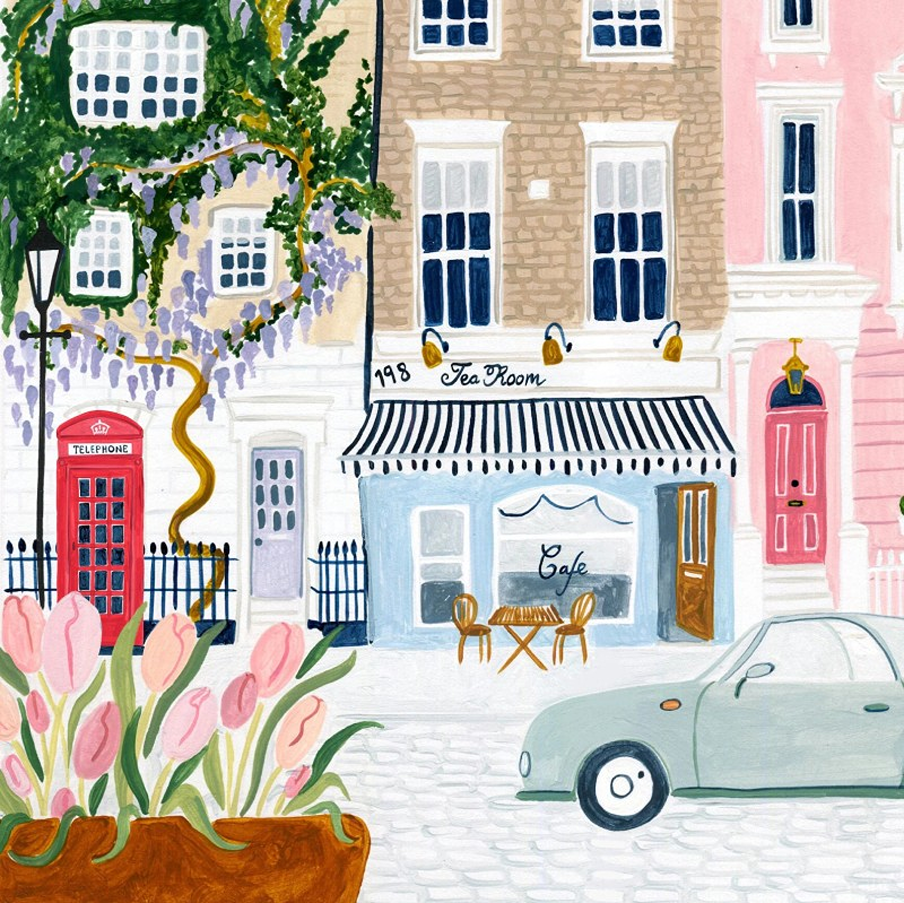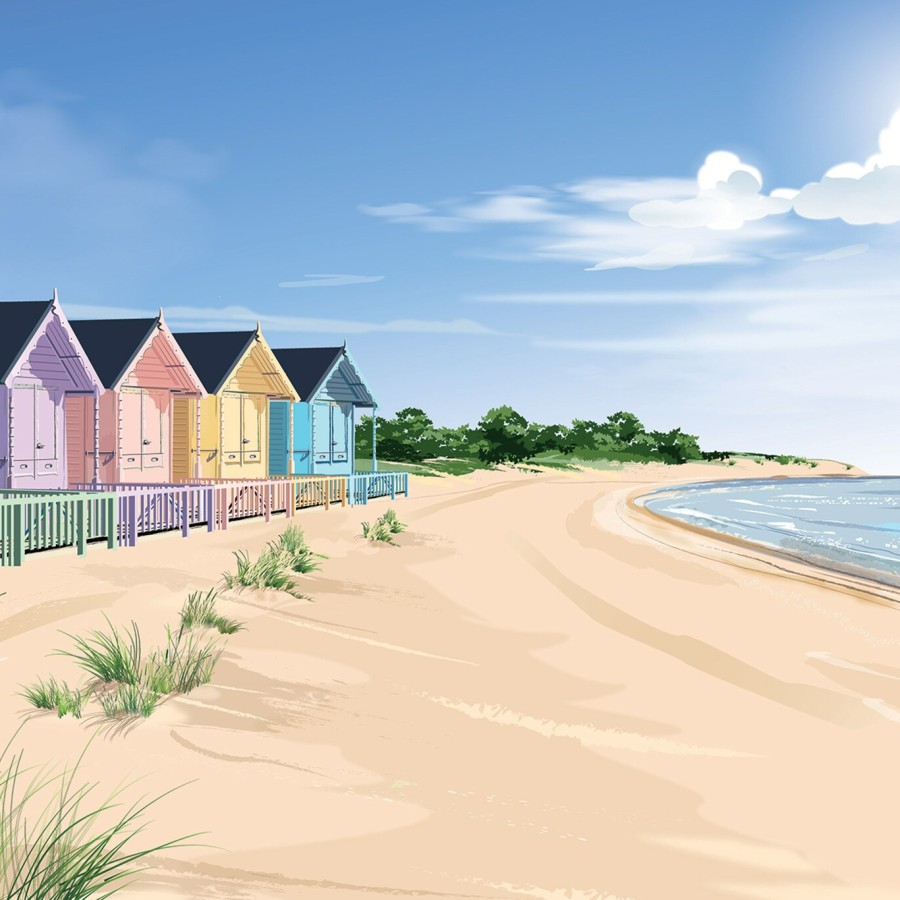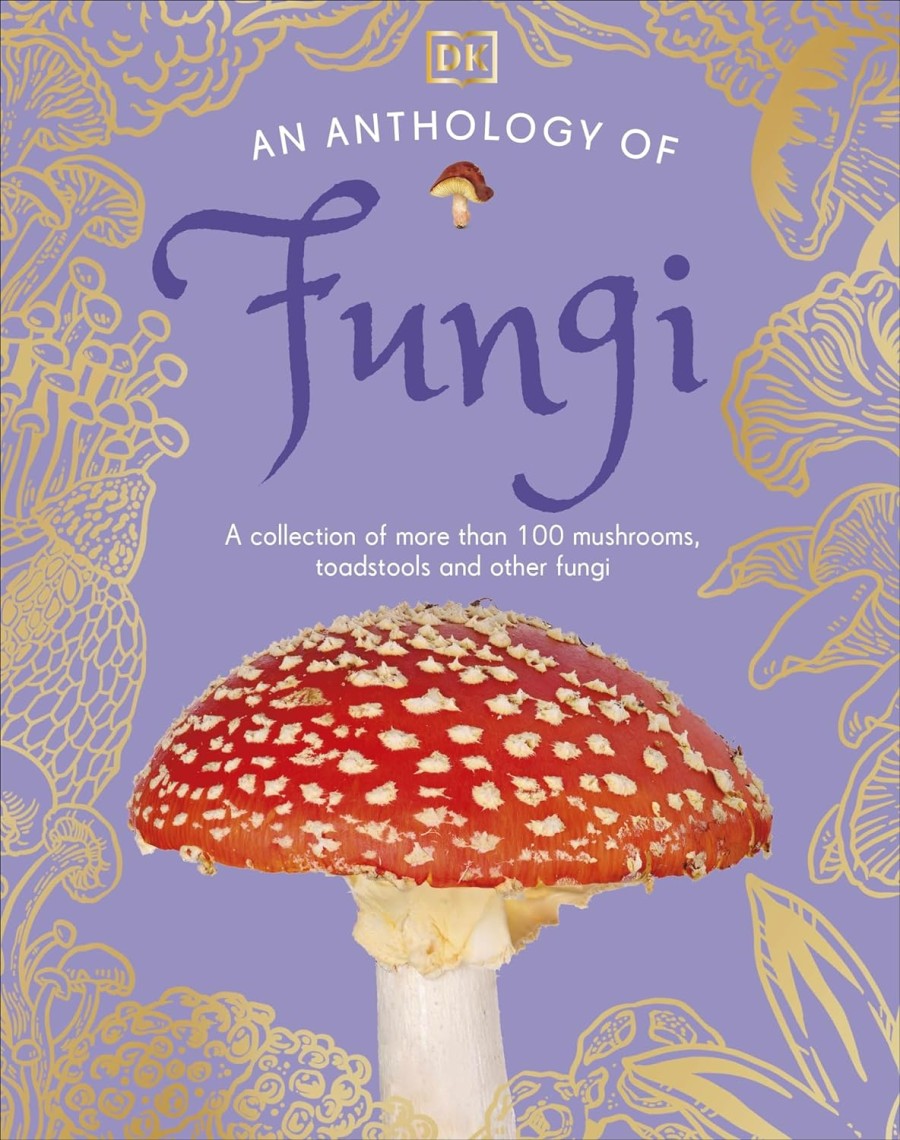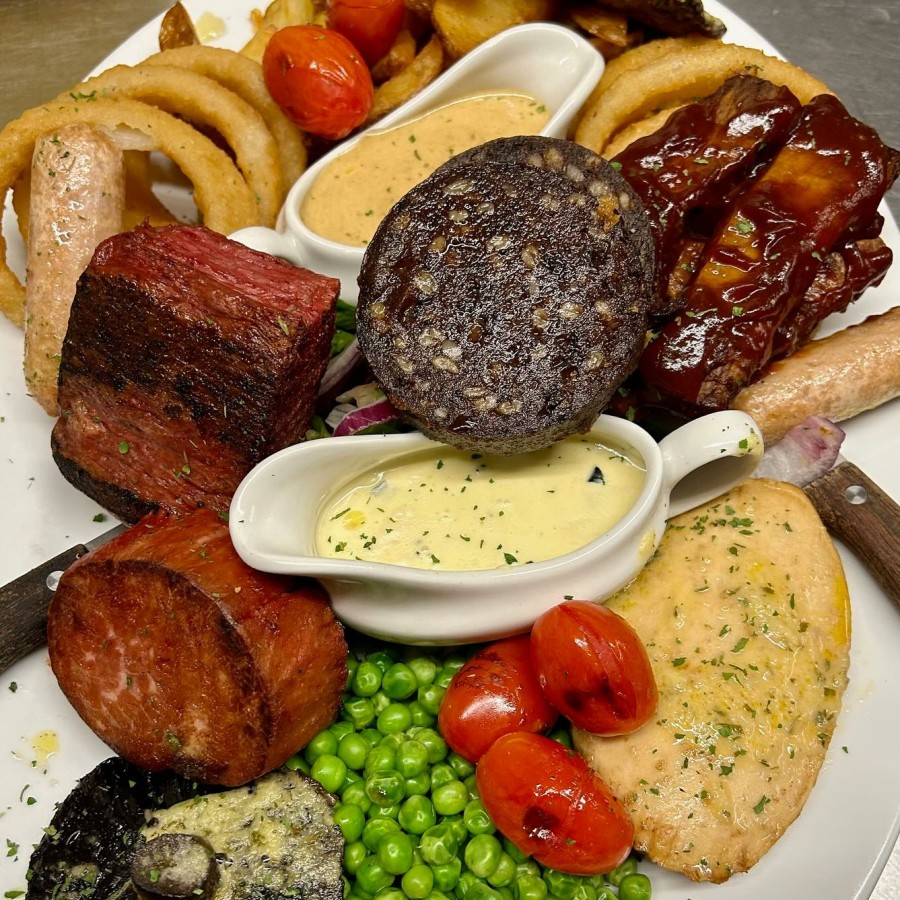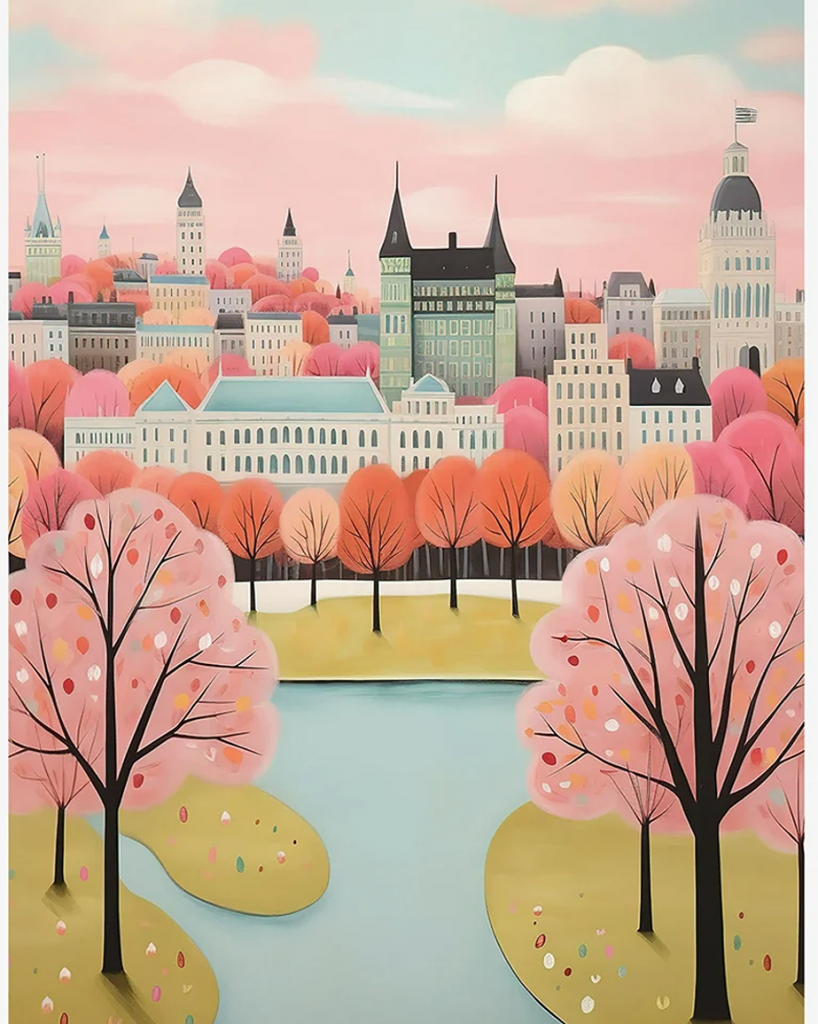
Brownfield gardens are basically where people plant green spaces on industrial areas that used to house just humans. For instance, old unused building sites and demolished flats etc. Instead of building on meadows or greenfield sites, as building companies sometimes do. The same wisdom could be applied to (not) demolishing green areas to build new houses, when there are so many brownfield sites to build on. These could be areas where buildings have already been demolished, or where buildings can be ‘decommissioned) by reusing materials and returning aeras to nature.
Learn how to make gardens safe for pets (includes indoor plants to avoid) and use humane nontoxic slug/snail deterrence. Use wildlife-friendly netting alternatives as most is larger than 0.5mm gaps recommended that could trap).
From former railway sidings to old farms no longer in use, there are many areas across England that could be used to build brownfield gardens or public parks. Creative gardeners can even use some of the materials like building rubble to build rock gardens (though care has to be taken to remove sump oil etc from car parks, before planting turf – download a free depaving guide on how to do this. Other possible building materials include broken concrete (to make paving slabs) or even old brambles can be rescued and turned into foraging sites, for both birds and humans.
New York’s High Line is often used as the gold standard brownfield garden. Originally built as a railway line in 1933 to transport goods across the city, the site was due to be demolished in the 90s after laying unused for decades, and now thanks to a Dutch garden designer, it’s a beautiful city oasis of wild plants and parkland. London’s Camden High Line has been inspired by this project.
In Somerset, this brownfield garden used to be a derelict area of rubble with an unused canal, railway line and even an old dairy farm, with compacted infertile soil. It’s now a beautiful meadow with large pond, a boon for native wildlife and insects.
And in Essex, one gardener used the ceramics from old toilets and building rubble to create a landscaped wildflower meadow. He uses everything from old shopping trolley to piping to create insect habitats and says he’s even partial to an ‘old car carcass’ to remove bits of, to use in his brownfield garden ideas.


